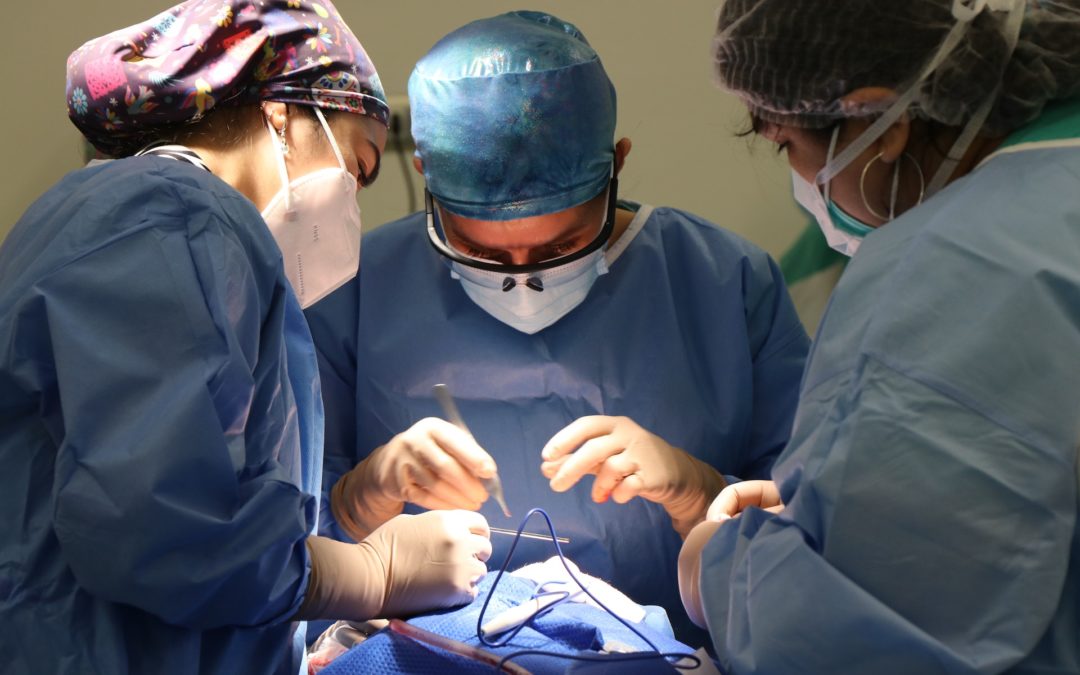Self-improvement is a pursuit that humankind does not take lightly. Among these pursuits is plastic surgery, an age-old healing treatment that has been around for almost 4000 years. The history of plastic surgery dates back to 800 B.C. Facial injuries are not uncommon in war or battle, and the first surgeries were likely performed to fix the damage to soldiers. Ancient India pioneered plastic surgery using skin grafts to reconstruct facial disfigurements. The west followed swiftly and caught on almost immediately with innovative adaptations of skin grafts and plastic surgery. Plastic surgery has come a long way since it was invented, and doctors have performed many controversial operations.
A fifteenth-century text titled “Imperial Surgery” by Serafeddin reveals intricate details on 191 surgical topics. This text was written during the Renaissance, indicating the growth of science during the same period. Plastic surgery was not as pronounced in the seventeenth century as in the late eighteenth century. Casualties of war, and in particular, facial injuries, were significant enough to warrant surgeries. Serious injuries brought the need for new surgical procedures to help fix the disfigurements of the time. A huge paradigm shift occurred during the 20th century when World War I broke out. Reconstructive surgery became very popular in the wake of the devastating war. Around this period, physicians discovered that physical appearance could play a vital role in one’s overall success. Because of this discovery, plastic surgery was conducted more respectably since it was now controlled by the medical community rather than quacks and crooks. In addition, surgeons began to understand the importance of anesthesia infection prevention, allowing them to delve into more complex procedures.
Despite many operations being performed in Europe, the United States also had its share of plastic surgery during this time. At the turn of the century, doctors experimented with new procedures and treatments to help Americans become more attractive. Dr. John Peter Mettauer, for example, performed the first cleft palate operation. John Hopkins took an active role in plastic surgery, becoming the first institution in the United States to offer formal training in plastic surgery. The 1940s saw the production of the first journal on plastic surgery. Later on, in the 1950’s it earned a board certification making it a recognized medical specialty. In modern times, cosmetic surgery has become a multi-billion-dollar industry that has grown along with the rest of medicine.
